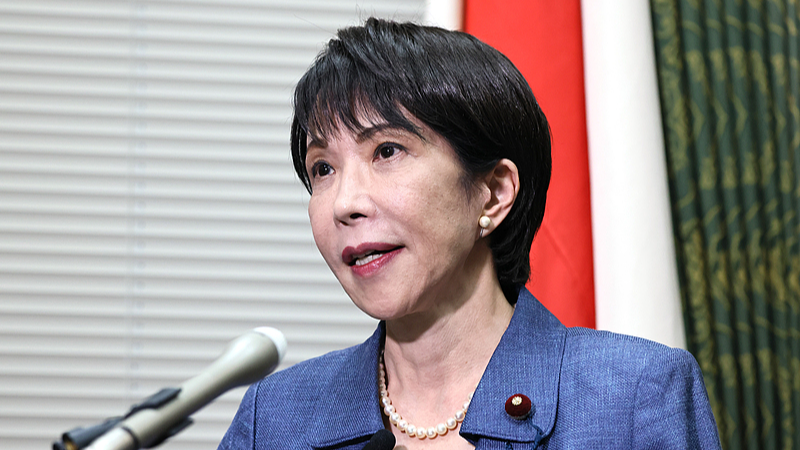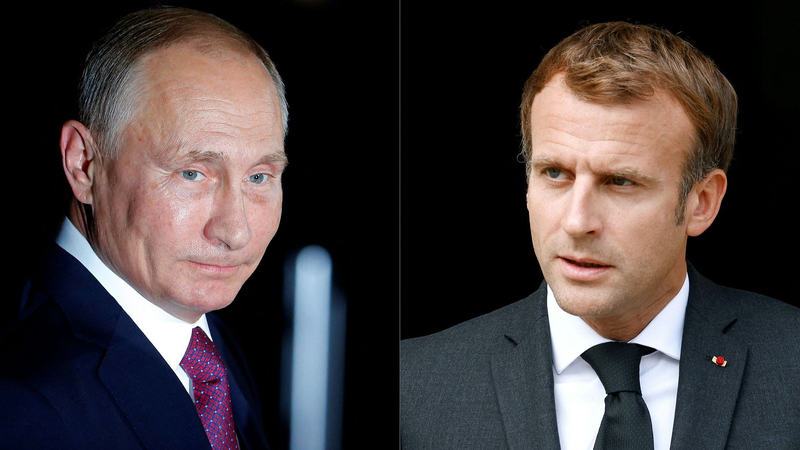As the US federal shutdown stretches into its 34th day—teetering on the brink of becoming the longest in history—the Trump administration has rolled out a stopgap measure to keep food aid flowing. On Monday, the US Department of Agriculture filed a court notice to unlock $4.65 billion from a contingency fund, aiming to cover November SNAP benefits for roughly half of eligible households.
“I do NOT want Americans to go hungry just because the Radical Democrats refuse to do the right thing and REOPEN THE GOVERNMENT,” President Donald Trump declared on Truth Social last Friday. His post came after a federal judge in Rhode Island ordered the USDA to tap emergency reserves, and another in Massachusetts flagged the November cutoff plan as “likely unlawful,” though without mandating immediate payment.
SNAP, the nation’s largest anti-hunger safety net, supports nearly 42 million people—many living at or below the federal poverty line. With program costs for November estimated at over $8 billion, the $4.65 billion patchwork will leave a funding gap, potentially halving benefit allotments for millions just as cold-weather months approach.
Beyond the immediate US impact, experts warn that prolonged domestic gridlock can ripple through global markets. From rising food imports to supply-chain disruptions, a stalled Washington can unsettle investors and partners across G20 economies. Digital activists and community groups have also mobilized, raising awareness and donations to fill shortfalls at local food banks.
For global citizens tuning in, the unfolding SNAP saga underscores how policy deadlock at home can trigger real-world hunger and economic tremors abroad. As Washington braces for another funding showdown, millions of families wait—and watch—to see if short-term fixes can bridge a widening divide.
Reference(s):
Trump admin to partially fund SNAP benefits amid gov't shutdown
cgtn.com



